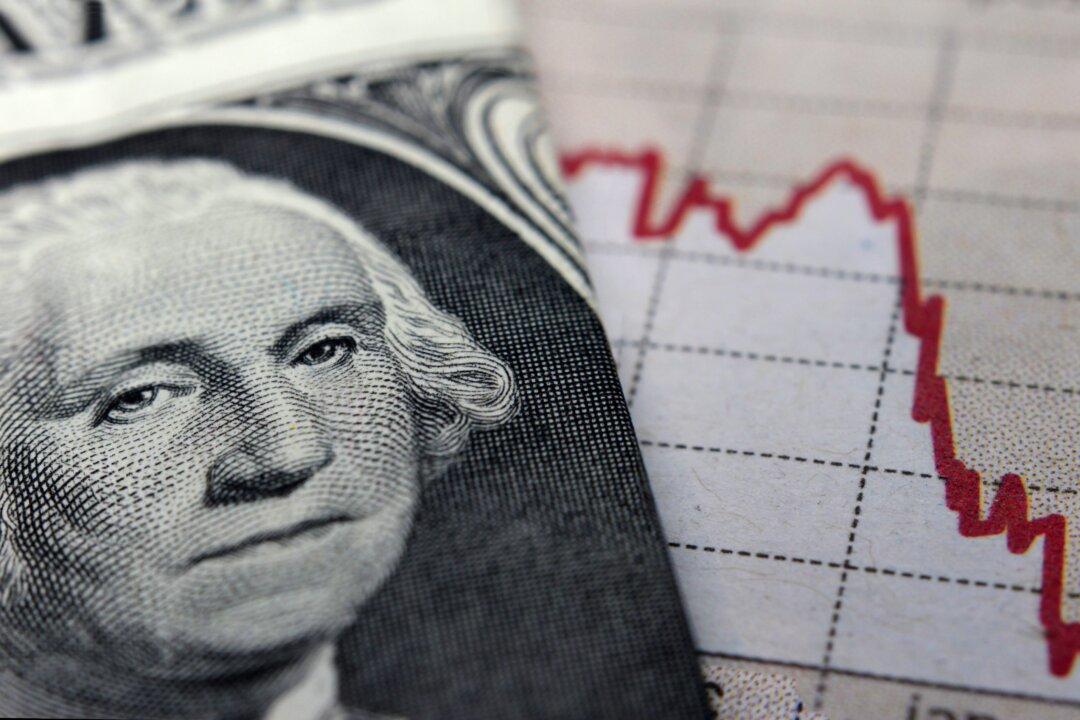Commentary
For reasons I don’t get, the whole of financial markets is obsessed with the Consumer Price Index (CPI), while the Producer Price Index (PPI) is largely ignored. It hardly makes the headlines.

For reasons I don’t get, the whole of financial markets is obsessed with the Consumer Price Index (CPI), while the Producer Price Index (PPI) is largely ignored. It hardly makes the headlines.